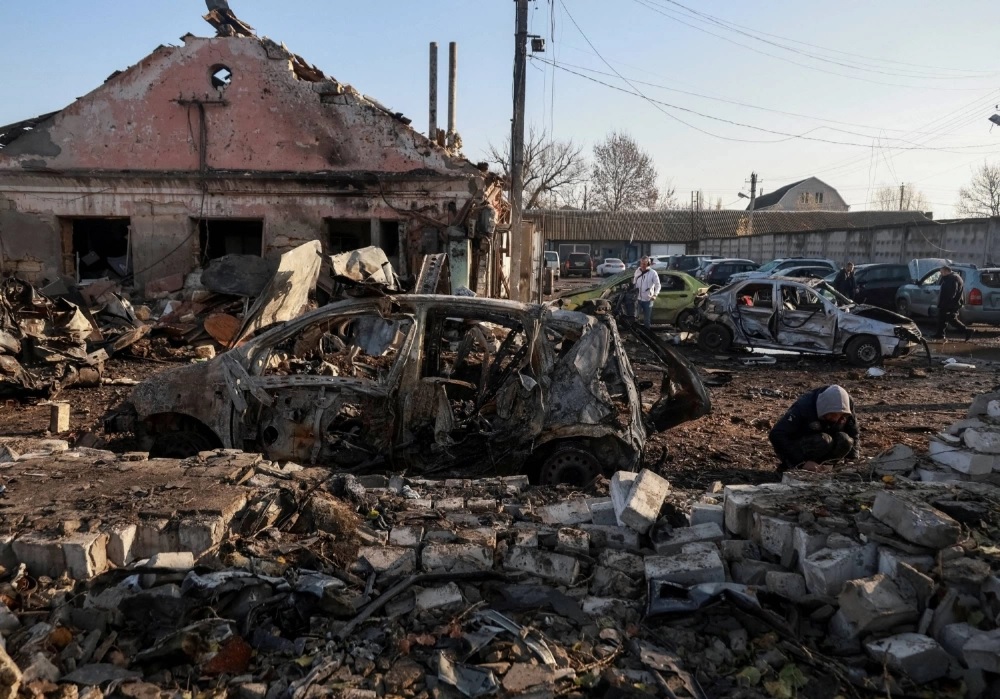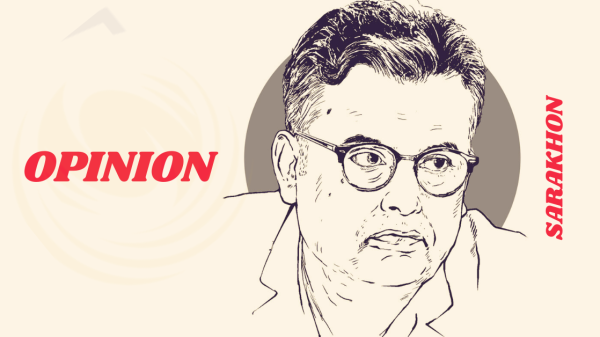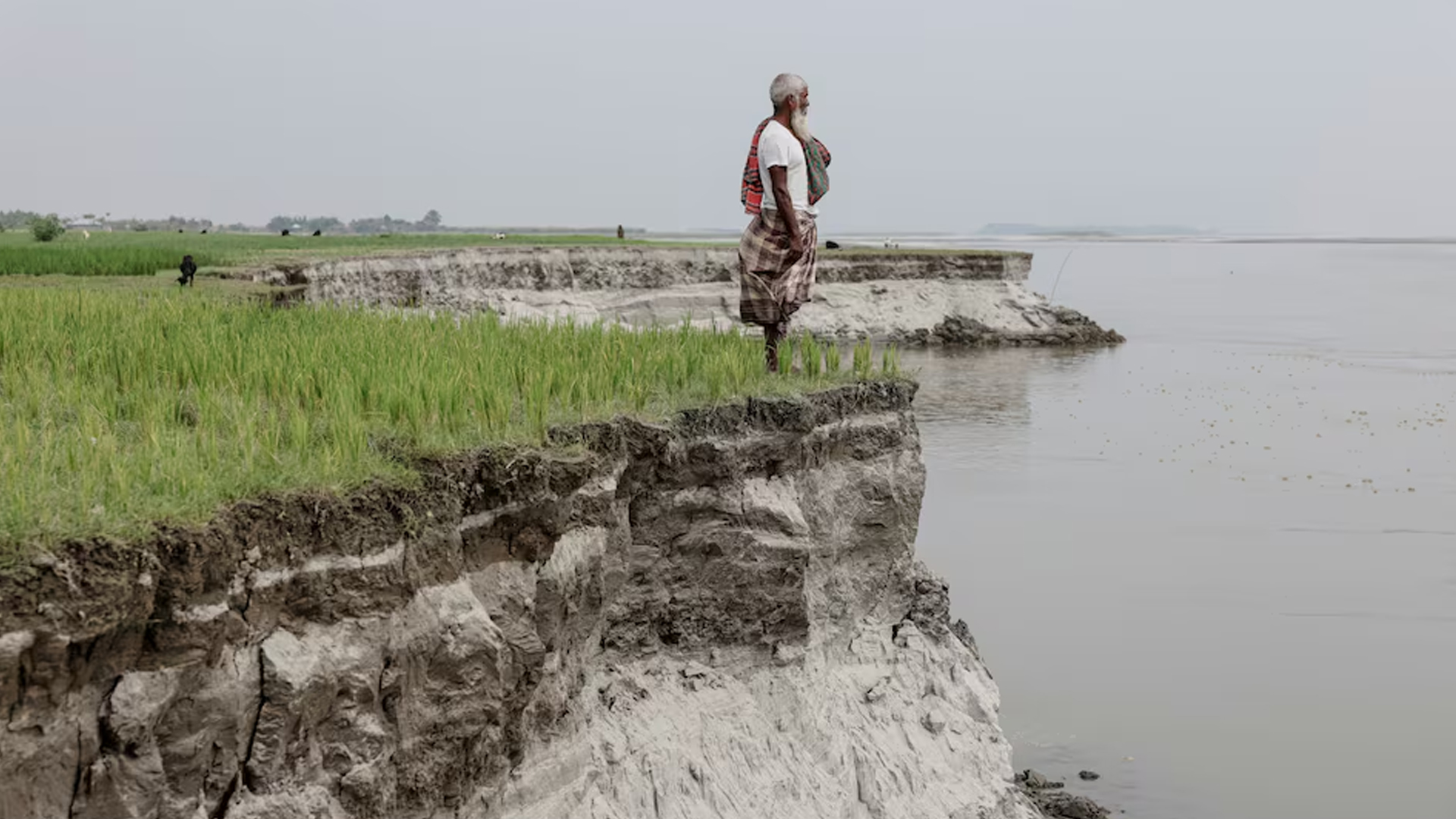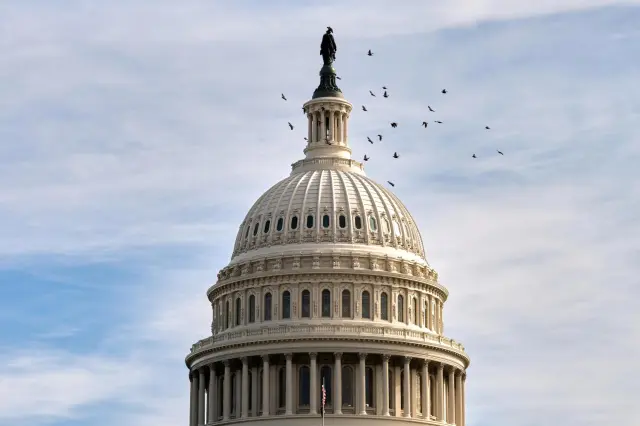Dr. Mahdy Rahman Chowdhury of NSU Awarded Galileo Galilei Medal at ICO’s 26th Conference

Dr. Mahdy Rahman Chowdhury, Associate Professor of Electrical and Computer Engineering at North South University (NSU), has been awarded the prestigious Galileo Galilei Medal at the 26th International Commission for Optics (ICO) Conference, recognizing his significant contributions to optical and quantum mechanical manipulation. Dr. Mahdy is the first Bangladeshi to receive this globally acclaimed award, earning his place in the esteemed ICO Golden Book.
The plenary session, a key part of the ICO’s 26th conference attended by all participants, featured two distinguished Nobel laureates in physics. They were Prof. Anne l’Huillier, who won the 2023 Nobel Prize in Physics for her work in attosecond physics, and Prof. Donna Strickland, the 2018 Nobel laureate in Physics for her contributions to pulsed laser technology.
He was one of ten invited plenary speakers at the conference, which included two Nobel laureates. Representing South Asia, Dr. Mahdy delivered a talk on “Optical and Quantum Manipulation from Microscopic to Large Scale Using Light and Matter Waves.” Following his speech, he was awarded the Galileo Galilei Medal by leading optics experts and a distinguished international scientific community.
Since joining NSU in 2017, Dr. Mahdy has published over 52 research papers in top-tier journals and made significant contributions to NSU’s research efforts. In 2018, he established NSU’s Optics Lab, which has spearheaded cutting-edge research with support from NSU and The World Academy of Sciences (TWAS). Under his mentorship, numerous students have secured Ph.D. scholarships at renowned institutions such as Cornell University, Johns Hopkins University, and UC San Diego.
An alumnus of Bangladesh University of Engineering and Technology (BUET), Dr. Mahdy earned his PhD in optics and photonics from the National University of Singapore in 2017. His accolades include the UGC Gold Medal Award (2018) and the NSU Research Excellence Awards (2021, 2023).
This award, given annually to one scientist since 1994, honors leading optics and quantum research figures. Notable past recipients include Prof. Ajoy Ghatak of India, Prof. Malik Maaza of South Africa, and Prof. Victor Balykin of Russia. Dr. Mahdy’s achievement boosts Bangladesh’s standing in the global scientific community and inspires future generations of Bangladeshi scientists.






















